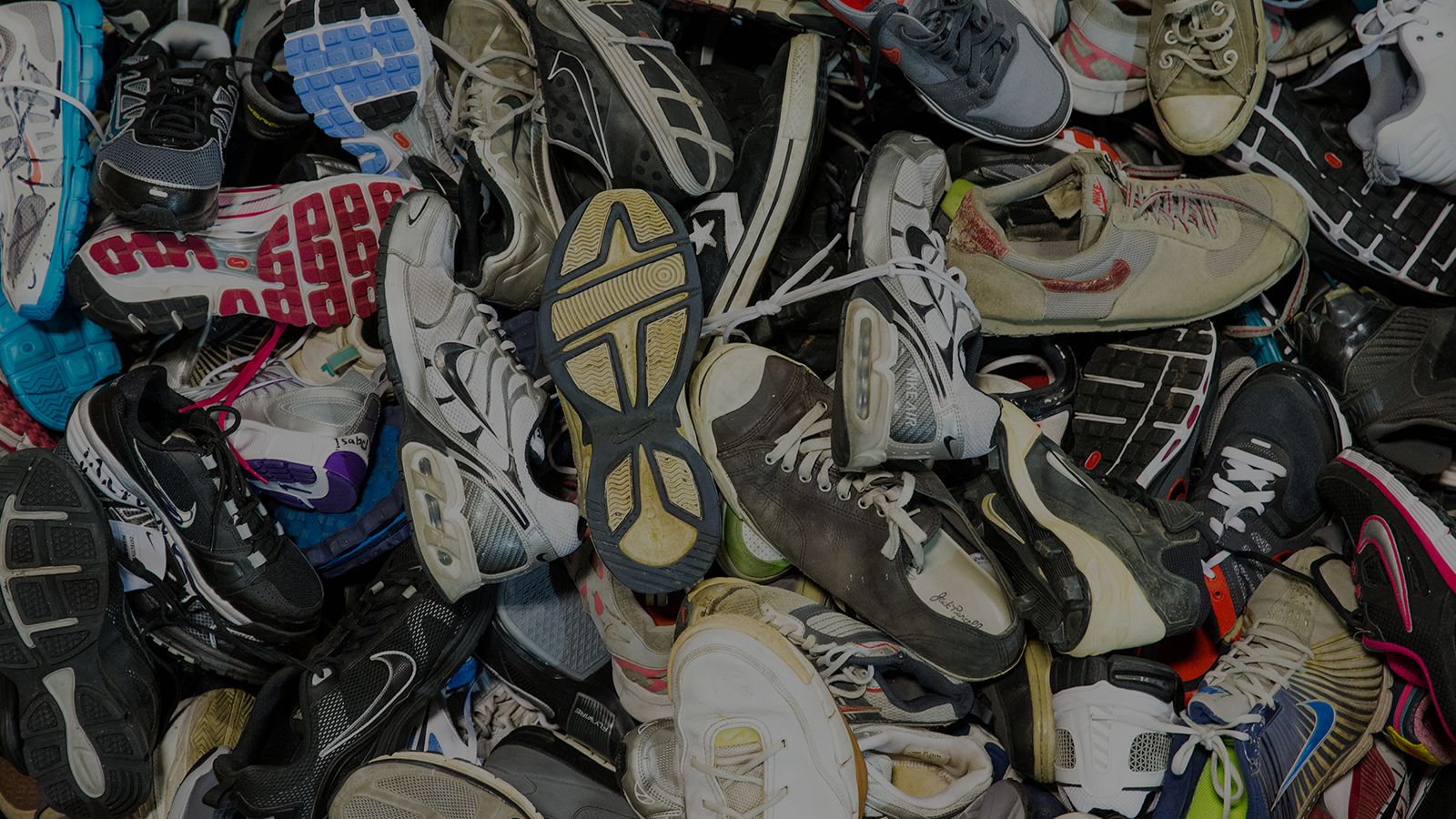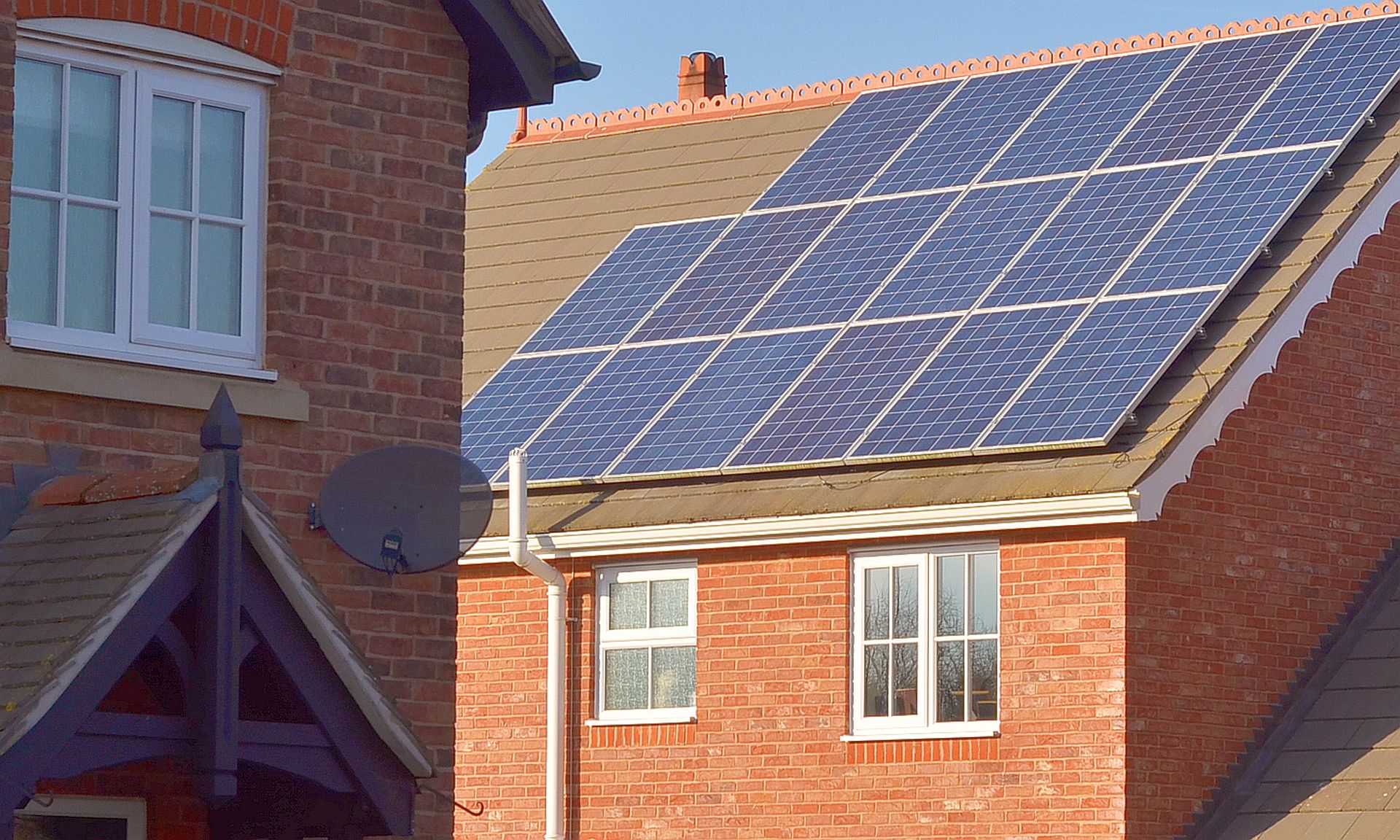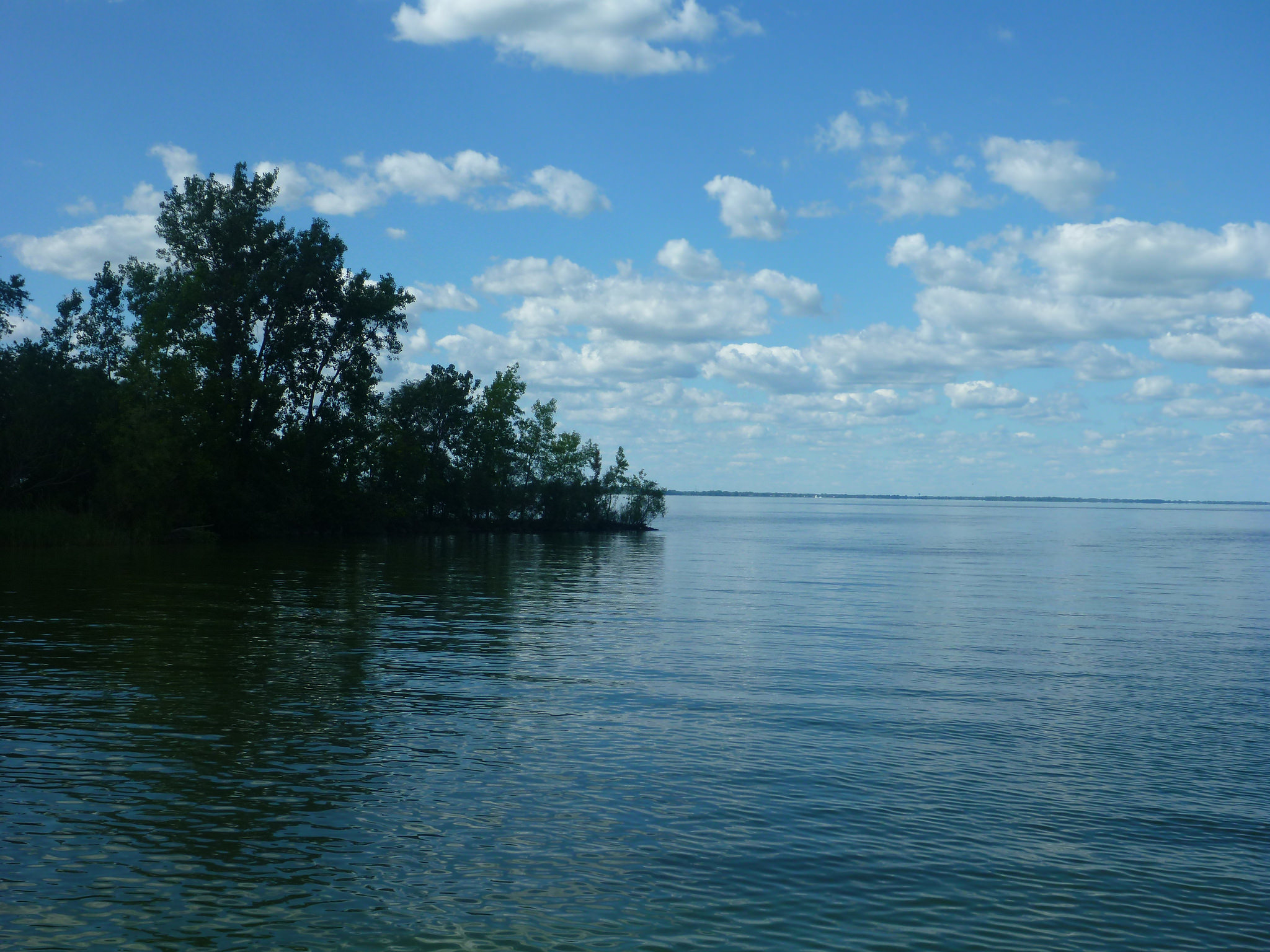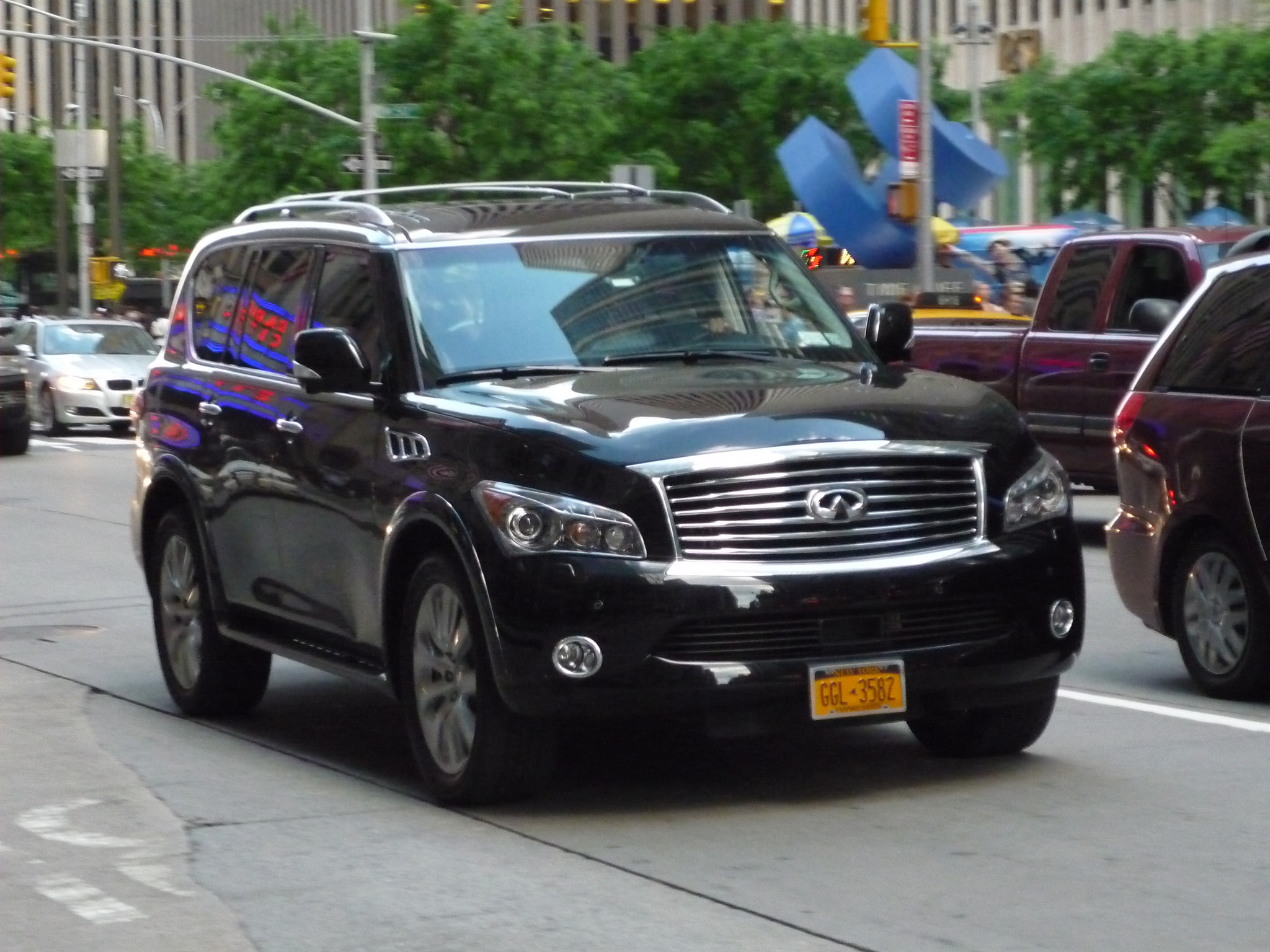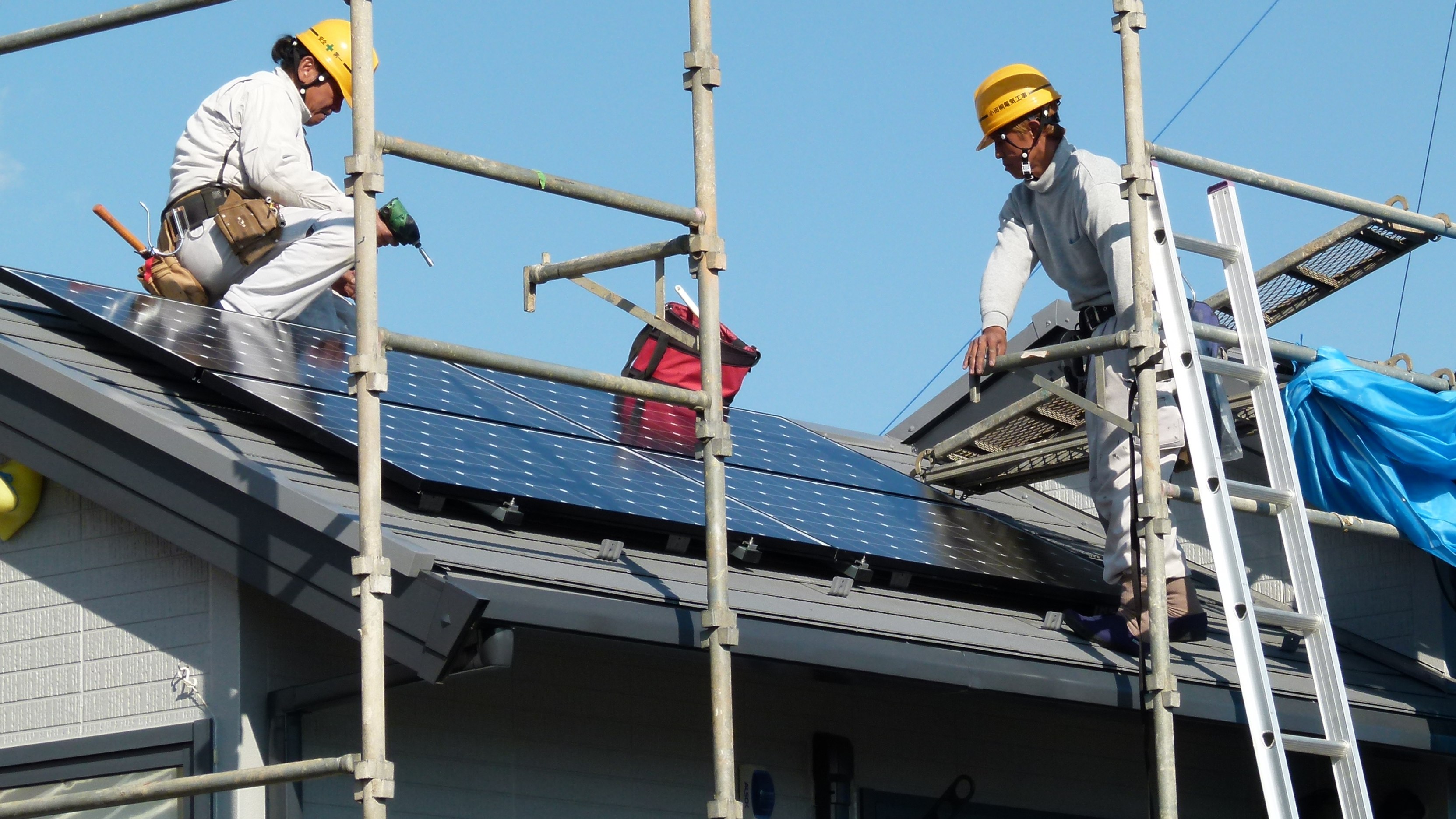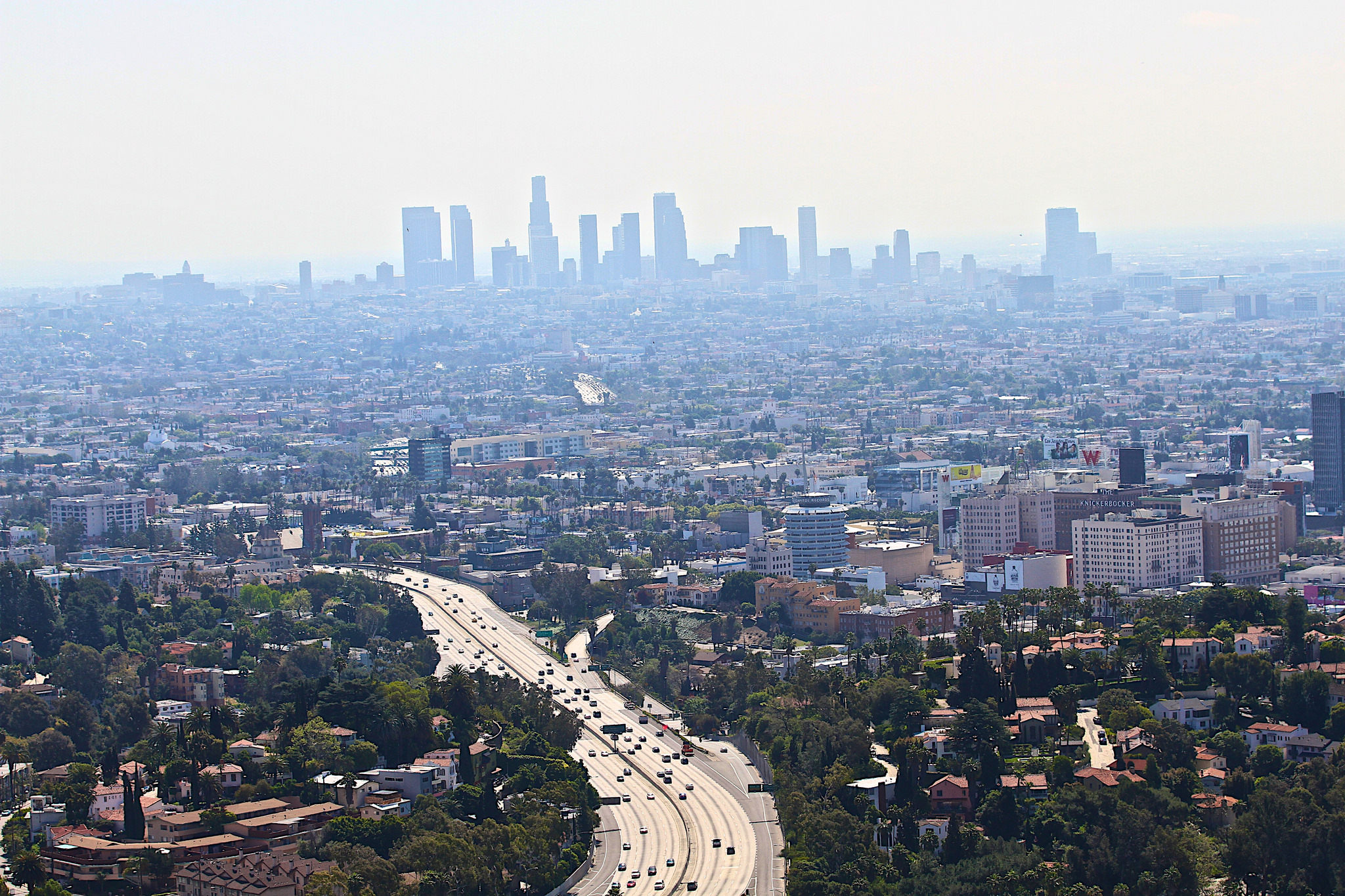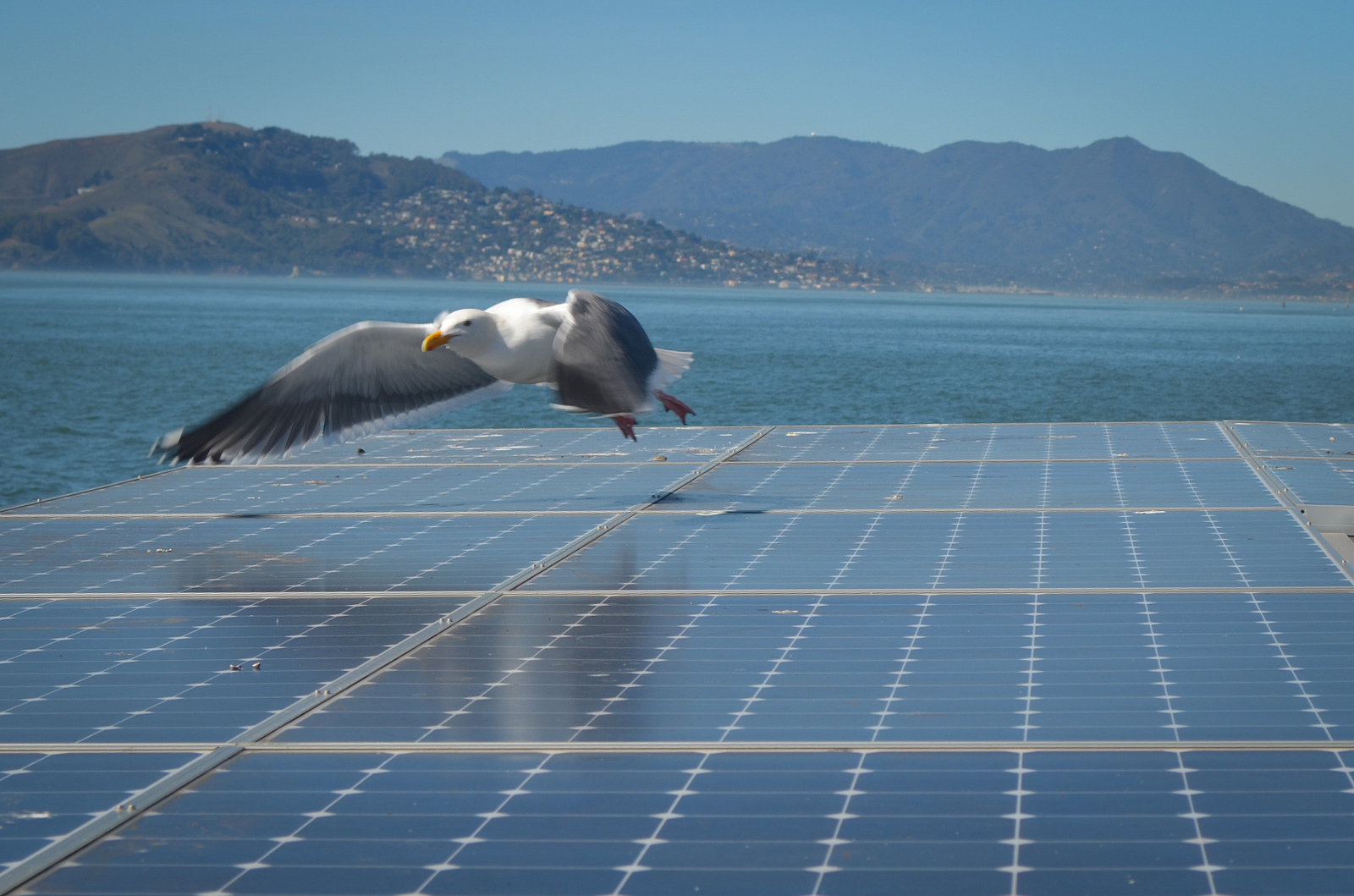Climate Change
Reducing Emissions From Ships And Planes
The global efforts to reduce carbon emissions are marked by a conspicuous omission: the aviation and shipping industries. These two industries contribute 6% of all man-made CO2 emissions, but have so far managed to avoid international control. And not only are they major sources of carbon emissions, their contributions are growing three times faster than overall global CO2 emissions.
Shoes From Garbage
Apparel giant Nike recently announced that 71% of its footwear now contains materials made from waste products from its own manufacturing processes. They call the waste material “Nike Grind,” and it is made from recycled sneakers, plastic bottles, and manufacturing scraps from Nike’s factories.
The Trouble With Burning Forests
President Obama has set 2030 as the target for reducing U.S. carbon dioxide emissions to comply with the Paris Climate accord. Unfortunately, the Senate’s new Energy Bill would allow states to count wood as a “carbon neutral” fuel when drawing up plans to comply with the EPA’s Clean Power Plan.
Pakistan’s Green Tsunami
Pakistan has a terrible history of environmental degradation. Since it became an independent country in 1947, almost all of its primary forests have been cut down while its population has grown by an unbelievable 600 percent.
Carbon Dioxide And Bees
The decline of bee populations worldwide is a serious problem that threatens much of agriculture. From 2006 to 2011, losses in managed honeybee colonies in the U.S. averaged 33 percent a year. In recent years, beekeepers have had to replace 50 percent of their colonies each year.
One Million Roofs
Sometime early in May, the United States installed its one millionth solar energy system. Achieving this milestone took the solar industry about 40 years to accomplish. Because of the phenomenal growth of solar power in this country, industry experts predict that it will only take two more years to reach the second million and there are predictions that by the year 2025, there will be one million new installations in the U.S. each year.
Less Sulfur In The Soil
Acid rain is rain containing high levels of nitric and sulfuric acids. The main culprit for it is the burning of fossil fuels, particularly coal-burning power plants. The most serious effect of acid rain is the creation of toxicity in lakes, wetlands and other aquatic environments, doing great harm to a wide range of aquatic animals.
Solar Power And Drinkable Water
According to a report from the International Food Policy Research Institute, more than half the world’s population will be at risk of water shortages by 2050 if current trends continue. As the climate continues to change, severe droughts are becoming increasingly commonplace.
The State Of The Birds
The North American Bird Conservation Initiative recently released its annual “State of the Birds’ report, which is a comprehensive analysis of North American birds. And as with many other things these days, we’re not doing well.
Storing Energy With Rocks
Energy storage is hot topic because more and more electricity is being generated from renewable sources like solar power and wind power that can’t operate all the time because the sun doesn’t always shine and the wind doesn’t always blow. So we need ways to store surplus energy when it is produced and be able to use it later when it is needed.
Mobile Apps Empower Citizen Science
Citizen scientists play a vital role in raising awareness about the health of our nation’s freshwater resources. Their efforts can help document water clarity and track harmful algal blooms and other indicators of poor water quality instrumental to sound management.
The Struggle For Fuel Economy
Five years ago, the Obama Administration announced that the Corporate Average Fuel Economy or CAFE standard for the year 2025 would be 54.5 miles-per-gallon. They estimated that improving the average fuel economy of cars and light-duty trucks to this level would save car owners $1.7 trillion at the pump and eliminate more than 6 billion metric tons of greenhouse gas emissions.
Food Waste And Behavior
In a recent article in Science entitled “Waste not, want not, emit less,” Danish researchers looked at the problem of food waste in both developed and developing countries. Overall, about a third of the world’s food is lost or wasted, but the reasons for this vary in different parts of the world.
Solar Rooftops Looking Better Than Ever
The price for installing solar panels continues to get lower and lower as volumes increase and technology improves. There are also more ways than ever to get solar installed with leases and other creative financial arrangements.
Recycling CO2
The X Prize Foundation provides financial incentives for innovative solutions to various technical challenges. Topics have ranged from developing spacecraft to trying to create a real-world version of the Star Trek tricorder. Last year, the foundation launched a $20 million challenge to come up with technologies by the year 2020 that turn carbon dioxide captured from the smokestacks of power plants into useful products.
Making It Rain
It seldom rains in the United Arab Emirates. Some areas of the UAE receive less than five inches of rain annually, and often little to none at all during the summer months when temperatures can climb above 110 degrees Fahrenheit. These conditions have led to water security concerns particularly in Dubai, a blossoming international destination, as well as in rural, farming communities.


